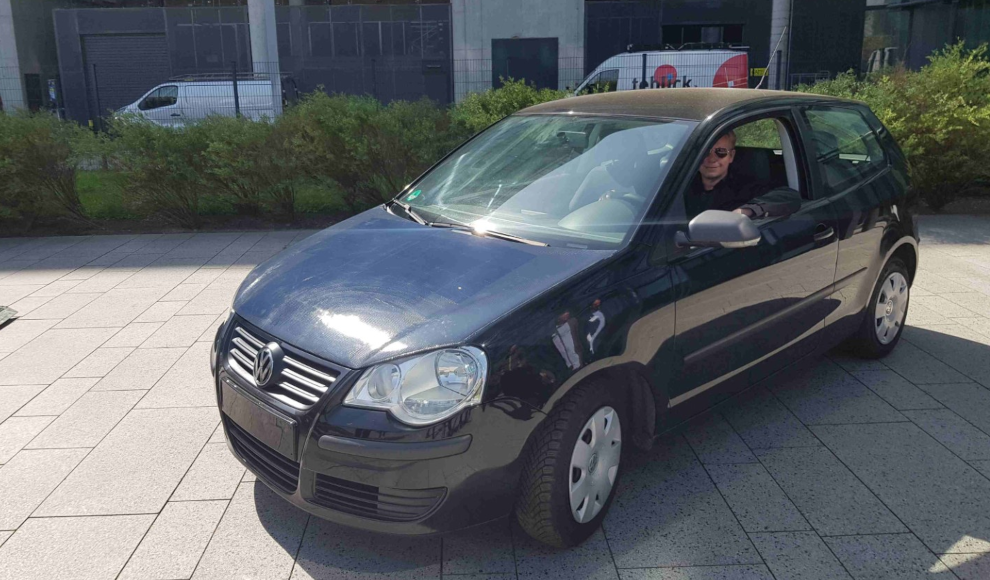Revolutionary Solar Cells for Cars: Powering Up to 4,000 Kilometers per Year
A new solar cell technology has been developed that can be integrated into the roof and hood of cars, and can even change color to match the vehicle. In a city with abundant sunshine, the system can generate electricity for up to 4,000 kilometers per year. While some car manufacturers have already introduced models with solar cells on the roof, researchers at the Fraunhofer Institute for Solar Energy Systems (Fraunhofer ISE) have taken it a step further by integrating solar cells into the metal hood of a conventional car.
Dr. Martin Heinrich, coordinator for PV mobility at Fraunhofer ISE, explained that the solar cells were applied to the metal hood of a popular car model in Germany, and laminated with a special film to minimize air gaps and prevent wrinkles due to the curved surface. The researchers also developed prototypes with different solar cell technologies, including IBC, PERC-shingle, and TOPCon-shingle, and used a laminated film to create a textured surface that can be color-matched to the car’s body.
The Fraunhofer ISE will showcase a prototype with over 120 PERC-shingle solar cells at the IAA MOBILITY event in Munich in September 2023, which can generate up to 115 watts of power. According to Dr. Harry Wirth, the technology has great potential for practical use, and can even be applied to metal roofs of vehicles, which are much lighter than glass photovoltaic car roofs. With the increasing demand for integrating photovoltaic technology into vehicle shells, there is still much potential to be explored.
In conclusion, this new solar cell technology is a game-changer for the automotive industry, as it can significantly reduce the reliance on fossil fuels and provide a sustainable energy source for cars. With the ability to generate electricity for thousands of kilometers per year, this technology has the potential to revolutionize the way we think about transportation and energy consumption.










